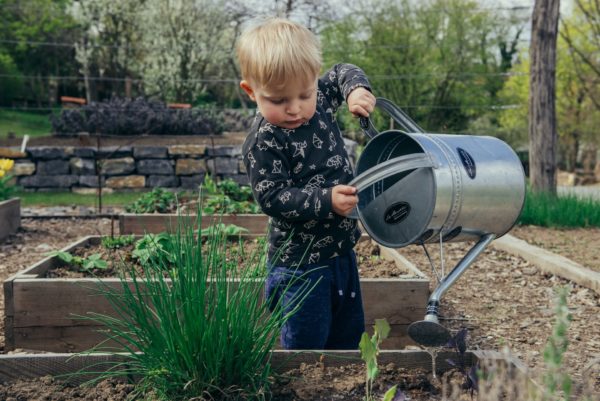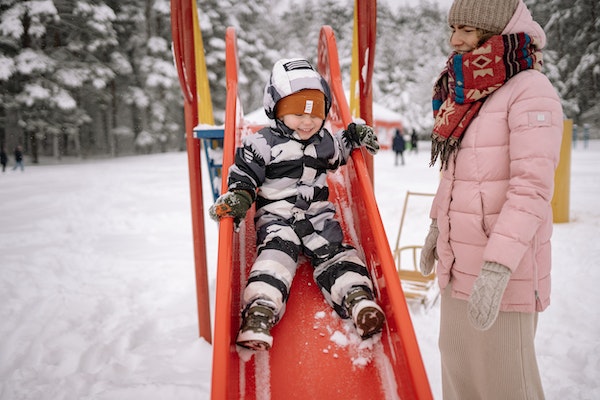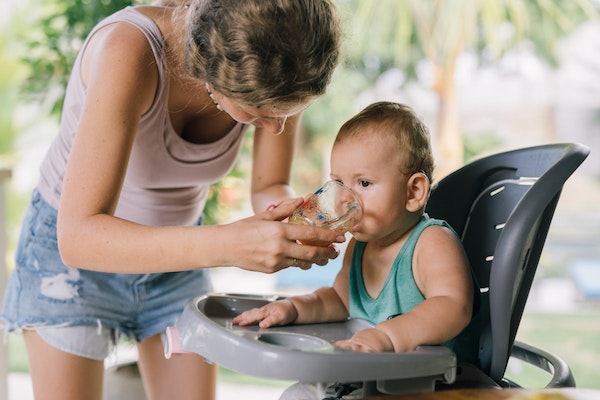Children have a lot of energy so it can be stressful trying to burn this off when confined to the indoors! This happens more often than not since it feels like it’s always raining in Wales! However, we have a few clever tricks up our sleeves. If you’re looking for some rainy day activities to keep the children occupied and entertained, here are some of our most fun and creative ideas.
Rainy day activities
Let’s go on a picnic (rain version!)
Let’s begin with the traditional “Going on a Picnic” game with a twist: rain! Have your little ones take turns as they add the items they would love to bring on a picnic while it’s raining. The participants keep on adding to what the previous ones have already added, until the list gets so massive that no one can remember all the items!
For example: the first player says “I’m going on a picnic in the rain and bringing hot chocolate” – the second player says “I’m going on a picnic in the rain and bringing hot chocolate and an umbrella” – and so on.

Freeze dance
It’s true: no toddler or pre-schooler can say no to a freeze dance. It’s a great way to pacify restless children and get their sillies out! Play some fun music on the stereo and pause it, then resume it. Between the pause-resume transition, children need to stop dancing and freeze in the position they are in.
Easily among the most fun rainy day activities – good times indeed, keep a camera handy!
The great indoors (camping)
With this one, we can get really creative. You can either set up a tent or come up with a DIY one. All you need to do is drape some sheets over the couch or a similar object and pretend you’re getting all cosy somewhere in the woods!
Grab some snacks and comfy blankets, and take your smartphone or tablet along for a family-friendly movie while everybody snuggles and enjoys the indoor adventure.

Indoor obstacle course
Now we’re talking! If you want to up the adventure factor by a few notches, then here are some awesome ideas:
Get on all fours and crawl underneath the kitchen or dining room table. Then do a couple of jumping jacks, shoot a sock or two in the laundry basket and walk from the kitchen or living room to the nearest bedroom while balancing a book on your head – err, or something similar – you get the idea!
You can plan your obstacle course however you like or even look for some online ideas, including this one.
Hopscotch
It’s a classic, isn’t it? Yes, we believe it will always be!
All you need is some Painter’s tape to create hopscotch for your little ones to hop through. Painter’s tape is actually a safe bet as it can be cleaned easily without leaving any marks.
When you’re indoors, and your little ones can’t seem to contain their energy, give the above rainy day activities a go and breathe a sigh of relief later.

___________________________________________
At Schoolhouse Daycare, we enjoy learning, encouraging confidence and we love life! If you think your child would enjoy life at Schoolhouse, then please do not hesitate to arrange a visit.


























